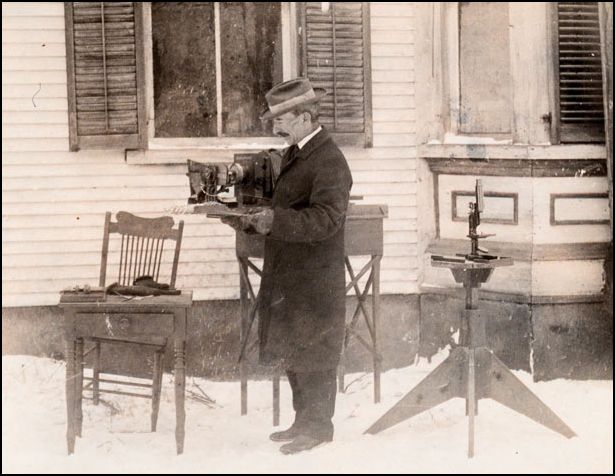Originally posted at Work in Progress.
Why do people sometimes resist remediation of pollution in their own backyards? Conventional academic wisdom suggests that it is because they are afraid of losing their jobs, but my recent research in La Oroya, Peru, questions this dominant framework.

Since 1922, La Oroya has been home to three refineries for processing lead, copper, and zinc, and a lead smelter owned until recently by a company called Doe Run Peru. In the late ’90s, several scientific studies demonstrated dangerously high lead levels among the town’s children.
The findings drew extensive attention from the media, but not the kind that some residents appreciated. Tania, a local schoolteacher told me, “In the media there are these ideas that we are nothing but a bunch of slow, sick, contaminated people, but they don’t pay any attention to how some students are very high performing.” Elena, a 45-year old shop owner, agreed, saying: “Of course there are sick children everywhere, slow children, just like in your country [referring to the United States]. But we have children who are doing well, we have professionals, professors.”
School teachers and principals took pride in the achievements of their students, which they felt were ignored in the rush to paint La Oroya as nothing more than a town full of “mongolicos” (a local term for people who have Down’s syndrome or are disabled). In seeking to defend their town’s identity against a barrage of negative media coverage, some residents denied that the contamination was a problem at all. “Look at all the awards we’ve won,” one principal told me, pointing to a row of trophies on the wall. “We couldn’t have done this if the contamination was really a problem.”
In response to the media portrayals, many residents became reluctant to protest against the pervasive lead contamination because doing so affirmed negative stories about their town’s identity. Residents weren’t protective of their jobs, they were protective of their town and of their own reputation as “normal” and “good,” not a place full of “mongolicos.”
These findings suggest that heavy-handed exposes of polluted cities and towns might do harm as well as good. Environmental activists might be better served to find a balance between condemning pollution and uplifting the places and people who are its victims.
Pamela Neumann, PhD is a Post-Doctoral Fellow at the Stone Center for Latin American Studies at Tulane University. A longer version of this post can be found at Work in Progress.

 Rumors are circulating that the Bureau of Land Management (BLM) has plans to euthanize 44,000 wild horses. The rumor is
Rumors are circulating that the Bureau of Land Management (BLM) has plans to euthanize 44,000 wild horses. The rumor is 













